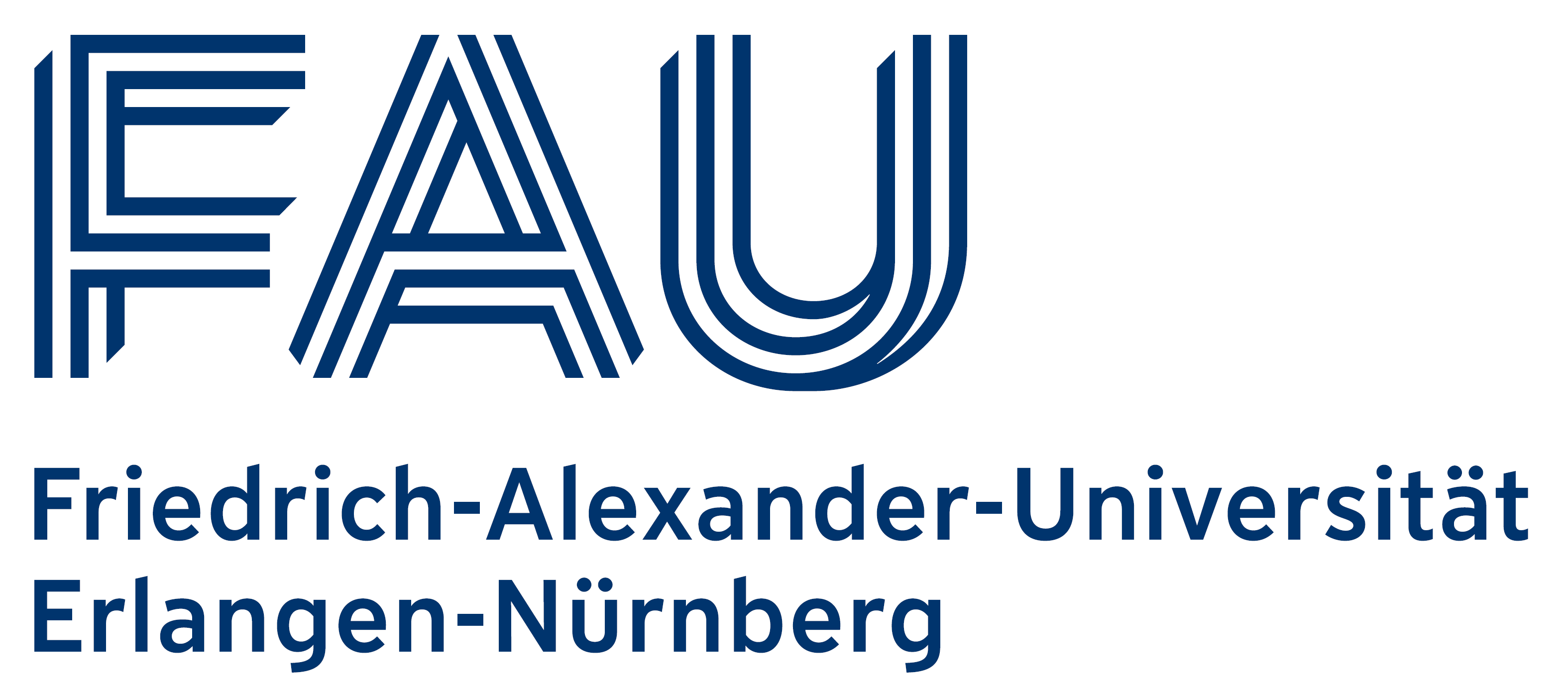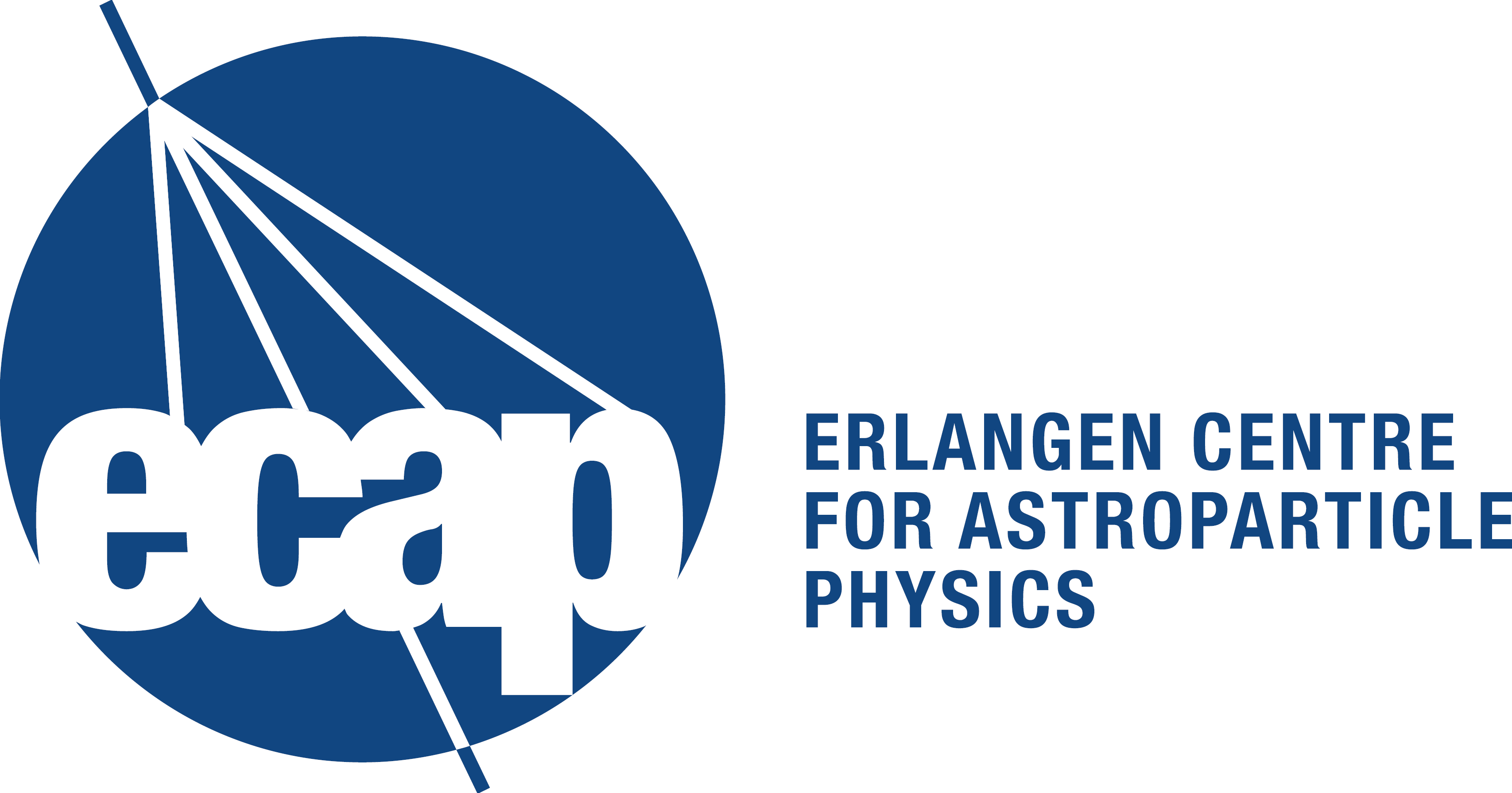- Indico style
- Indico style - inline minutes
- Indico style - numbered
- Indico style - numbered + minutes
- Indico Weeks View
Astroparticle School 2023
→
Europe/Berlin
Obertrubach-Bärnfels
Obertrubach-Bärnfels
Gasthof*** Drei Linden
Bärnfels-Dorfstr. 38
91286 Obertrubach
, , , , ,
Description
This year's edition will be held from 4 to 12 October 2023.
As in previous years, it will be hosted by the "Gasthof Drei Linden" in Obertrubach-Bärnfels, a small village in the countryside near Erlangen.
The School imparts broad knowledge through dedicated lectures and presents scientific highlights in presentations of 90 minutes.
Furthermore, the participants will present and discuss their own work in afternoon talks.
Accomodation at the conference venue is included in participation of the event. You will find detailed information about the School, accommodation, and the programme in the Bulletins. (You can also find this information using the various entries in the menu on the left of this page.)
Please note: registration for this year is already closed.
Supported by



Registration
Registration for Invited Speakers (so that you have full access to Indico)
Registration for Local Organisers
Contact
